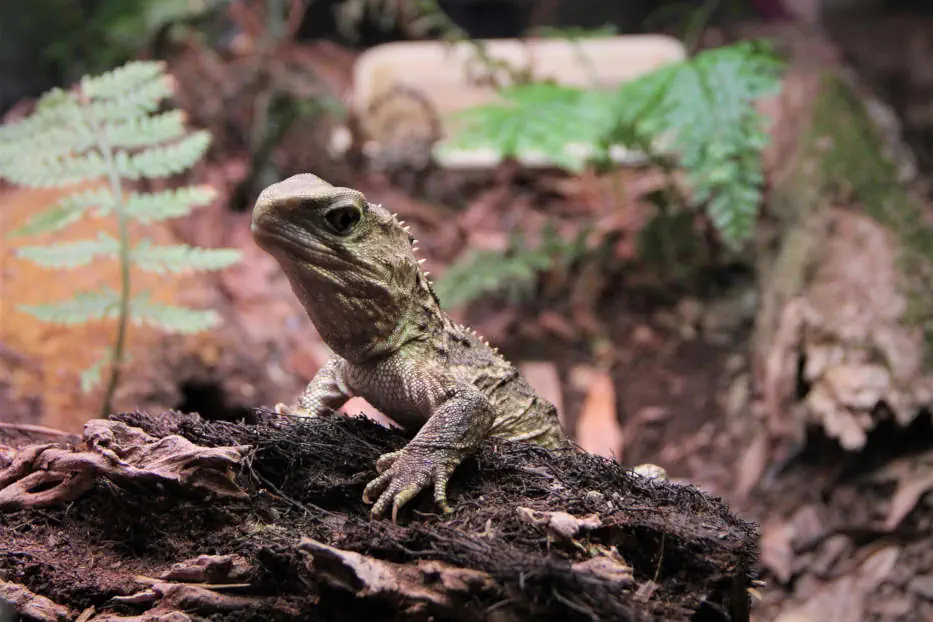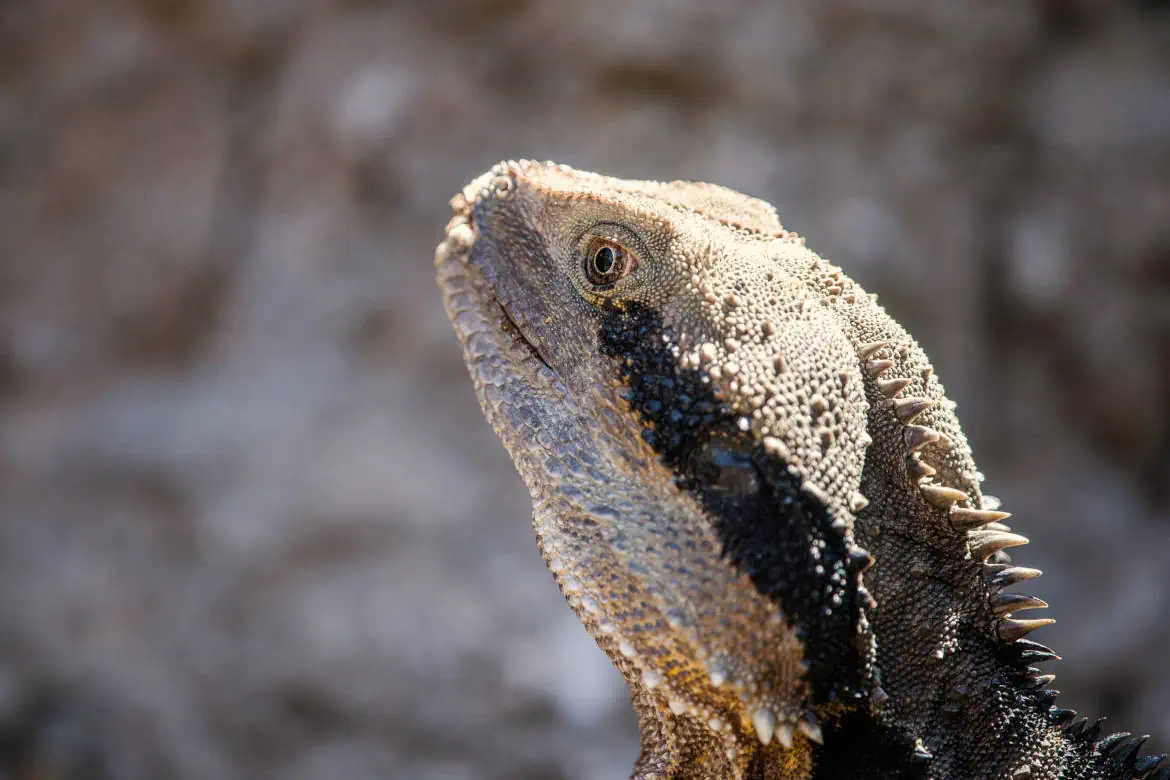Beneath the windswept, rugged coastlines and dense, emerald forests of New Zealand, an ancient guardian clings to life. The tuatara, often mistaken for a common lizard, is anything but.
This small, stoic reptile is not just a relic of prehistory—it is a breathing, blinking window into a bygone world and the last survivor of an order of reptiles that thrived during the age of dinosaurs. A rare jewel of evolution, the tuatara exists only in New Zealand, a living link to an ancient Earth.
Table of Contents
A Reptilian Anomaly
Despite its lizard-like appearance, the tuatara (Sphenodon punctatus) is not a lizard at all. It belongs to the order Rhynchocephalia, an ancient group of reptiles that predates snakes and lizards.
The tuatara’s lineage diverged from that of modern reptiles around 250 million years ago, and while all its relatives have vanished, the tuatara endures—a living fossil in every sense. Unlike modern reptiles, the tuatara exhibits an array of unique features.
One of its most peculiar traits is the presence of a “third eye” on top of its head—an enigmatic light-sensitive organ known as the parietal eye. While it doesn’t provide vision as we know it, this eye is thought to play a role in regulating circadian rhythms and detecting seasonal changes. Juveniles possess a translucent scale covering this eye, which becomes less visible as they age.
Cold-Blooded Survivors
Tuatara are remarkably well adapted to New Zealand’s temperate climate. Unlike most reptiles, which thrive in warm environments, tuatara prefer cooler temperatures, often as low as 6°C (43°F).
Their metabolism is among the slowest of any reptile, allowing them to survive prolonged periods without food. They can even enter a state of dormancy during cold spells. This ability to withstand cold is complemented by an equally impressive lifespan.
Tuatara are among the longest-lived reptiles on the planet, with some individuals surpassing 100 years of age. In captivity, one tuatara named Henry famously fathered offspring at the age of 111, proving that his vitality can endure well into his twilight years. Now over 130 years old, Henry continues to exemplify the remarkable longevity of his kind.

An Ecological Sentinel
Once widespread throughout New Zealand, tuatara populations declined sharply following human colonization and the introduction of predatory mammals such as rats and stoats. Now, they survive mostly on offshore islands and in carefully managed sanctuaries.
Conservationists have worked tirelessly to restore habitats and eradicate invasive species, allowing tuatara to slowly reclaim fragments of their ancient range. Tuatara are not just survivors—they are ecological sentinels.
As burrow dwellers, they often share their underground homes with seabirds, forming a unique interspecies coexistence. This relationship serves as a barometer for the health of their ecosystem; when the tuatara struggles, it signals deeper ecological disruptions.
Guardians of the Past, Hope for the Future
While the tuatara’s story is one of endurance, it is also one of vulnerability. Climate change poses a new and formidable threat, as rising temperatures skew sex ratios toward males—a perilous imbalance for a species already fighting to survive.
Conservationists are racing to mitigate these effects, employing innovative techniques like temperature-controlled incubation to ensure a balanced future population.
